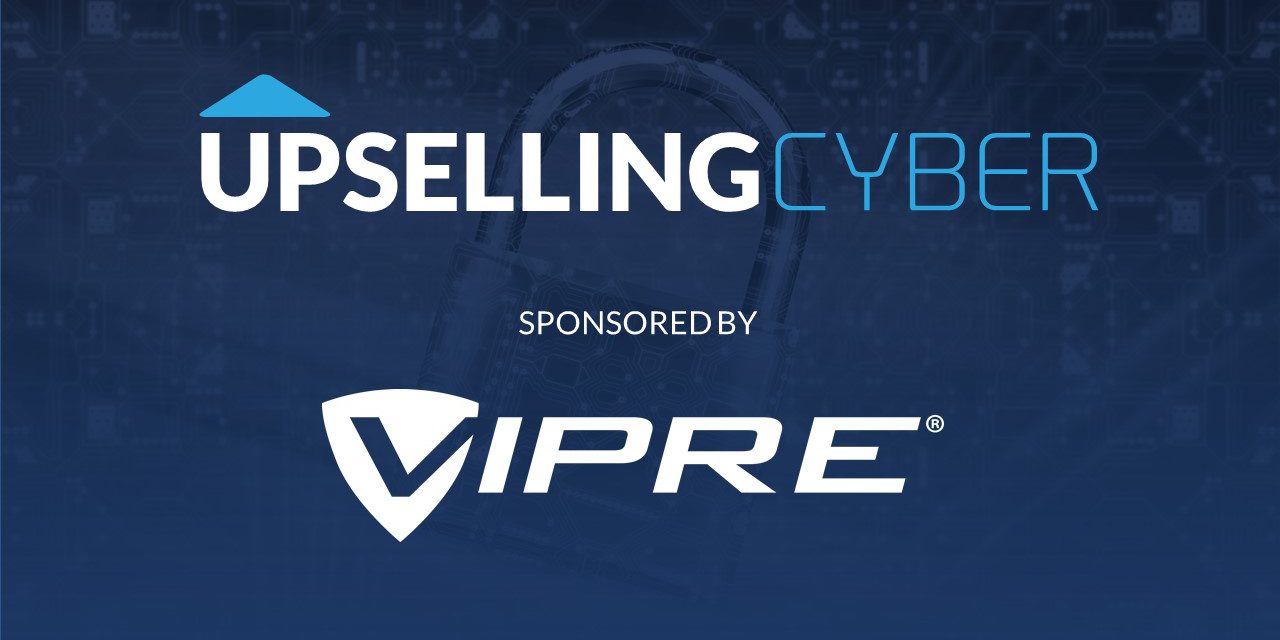About a year ago I published an article on Channel Futures about how millennial business owners are changing the way B2B services are purchased. Consumer-like experiences have always been preferred among this generation and as the buying power of this group grows, the way these services are packaged and presented will inevitably change as a result.
One of the key components of this is the trial experience that many SaaS customers have grown accustomed to. In reality, many of the security products that MSPs offer are in fact SaaS products hidden behind a “service wall” that the provider will erect to impose their value. This tends to create an all-or-nothing buying scenario that may cause more friction than necessary, especially for younger buyers.
What I recently learned from the first wave of the pandemic was that trials work especially well when there is an element of urgency involved (regardless of the buyer’s generation). Think about the mass adoption of Zoom and Teams, as companies flocked to these solutions because they simply had to communicate with each other. Once these accounts were created, usage turned to habit, and as the trials concluded, there was no going back. While this data has not been made public, I would guess that the conversion on these trials has been substantial.
There is no other product set that has a more urgent need than security, which is why I recommend building a well organized trial program for these add-on services. Awareness training, password management, email security upgrades, and others can be stacked together and added as a trial offering during contract renewals without the need for excessive discovery and change management. Here are a few points of emphasis to think about when developing such a program:

The Power of MSPs In Cybersecurity: How to monetize security services, and recognize cross-sell and up-sell opportunities. Watch this on-demand webinar featuring Author, Kevin Clune
Bundle Products Together
Most customers will resist change whenever possible. If you have ever had a customer that still uses Quickbooks 2008 because “that’s what they have always used,” then you understand the challenges of customer adoption. This is inevitably why bundling multiple products together and offering them in one stacked trial with unified terms (preferably upon contract renewal) is likely the path of least resistance. Your customer will experience this change all at once rather than incremental change over time.
Another reason that this is beneficial is because incremental changes often result in incremental outcomes. It is difficult to see the contrast and measure results when there is a slow and methodical implementation. On the flip side, Sales Engineers often push back against trials for this very reason. Proper discovery and change management is vital to the success of introducing new technologies, whether those are on a trial basis or not. It really takes a perfect balance of proper planning and swift execution to build a trial program that is a universal fit for clients with your base technology stack, which is why doing this uniformly and repetitiously is preferred.
Choose The Right Length
Most technology vendors offer some kind of static trial for MSPs and resellers to help them either try or sell the solution. If you intend on stacking together multiple products from different vendors, then you will have to find a common denominator as far as trial length is concerned. It may be worth reaching out to each of your account managers to explain what you intend to do and see what they can offer you. For example, if one vendor only offers a 14 day trial and the others offer 30 days, then you should try to get them to extend the trial a few weeks for you.
You may also want to consider extending this trial well beyond what your vendors are offering and temporarily dip into your own pocket to do so. The longer you can get your customers using these products, the more likely they are to adopt them, thus increasing your chances of converting the trial. If you do choose to extend the trial, you can simply adjust the price on the back end to recoup your losses in those first few months. The client will be more attracted to the “3 months free” than they will be deterred by the extra few dollars per month thereafter.

The Power of MSPs In Cybersecurity: How to monetize security services, and recognize cross-sell and up-sell opportunities. Watch this on-demand webinar featuring Author, Kevin Clune
Offer A Trial Value Summary
While urgency does help build a case for such security products, there is still always the issue of transparency as it relates to their benefits. When you implement a solution such as advanced filtering on an email inbox, it can be difficult for the user to understand the benefits that they experienced over their trial period without them constantly checking their quarantine and logs. As we both know, this is not a likely scenario as you can expect very minimal interaction between the end users and the systems early on.
This is where you will need to be proactive and prepare a way to explain the value that your customer experienced while using these products and services for free. By doing so, you are essentially building the case for why the client should keep these services. Leverage the reporting that these products offer and compile a one page data sheet at the end of each trial that includes what type of threats have been prevented and how. If you do not have exact figures, you can use averages to tell this story. For example, if 1 out of every 300 emails is likely to be a phishing email on average, then you can use this to calculate the likely benefit of prevention based on the data you have.
Have A Retention Strategy
When I think about effective trial programs in other industries, there is no better example than the satellite radio industry. For those unfamiliar, whenever you buy a new car, the dealership activates a trial in your name for an XM radio account. The trial generally lasts 6-12 months; just long enough for you to familiarize yourself with the stations, find your favorites, set your presets, and establish a listening routine. When the trial is near completion, you receive a series of emails, phone calls, and letters asking you to renew along with incentives for those who act quickly.
This retention strategy works incredibly well, as they use multiple forms of communication to alert the users and then offer discounts to those who decide to renew. Apply this same concept to your own trial program by setting up a series of emails or calendar notifications to alert your customer that their trial is expiring. You may want to structure the program to require the customer to opt-out rather than opt-in. So essentially, include the bundle on their invoice each month within the trial at a 100% discount and then remove the discount after the trial is over. This way your clients will not have these services lapse, simply because they do not respond to your contact attempts.
Watch as Author Kevin Clune and VIPRE’s Jason Norton go “beyond the blog” to discuss how to build the case for proactive purchasing, sales metaphors, and more!

SPONSORED BY ZEST
















